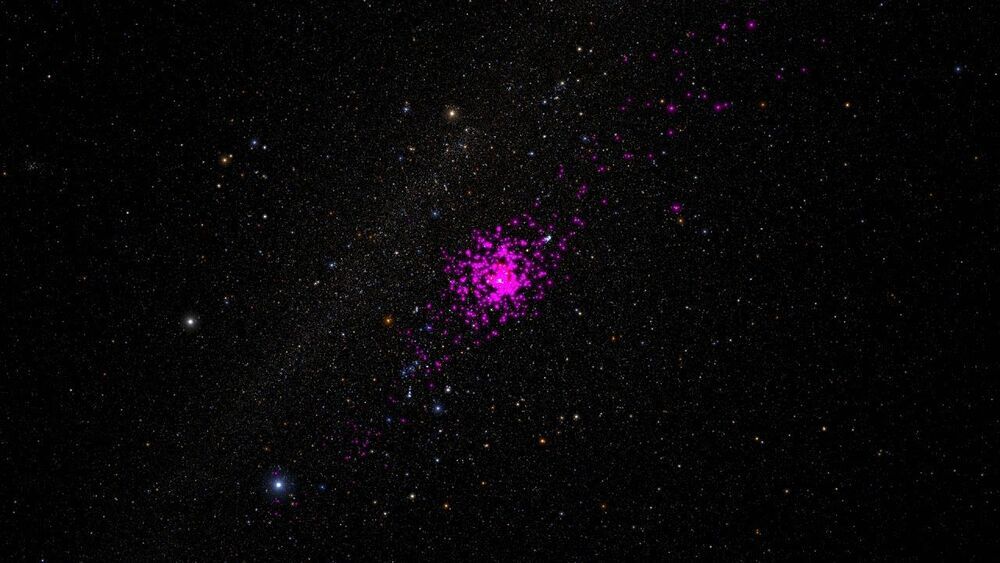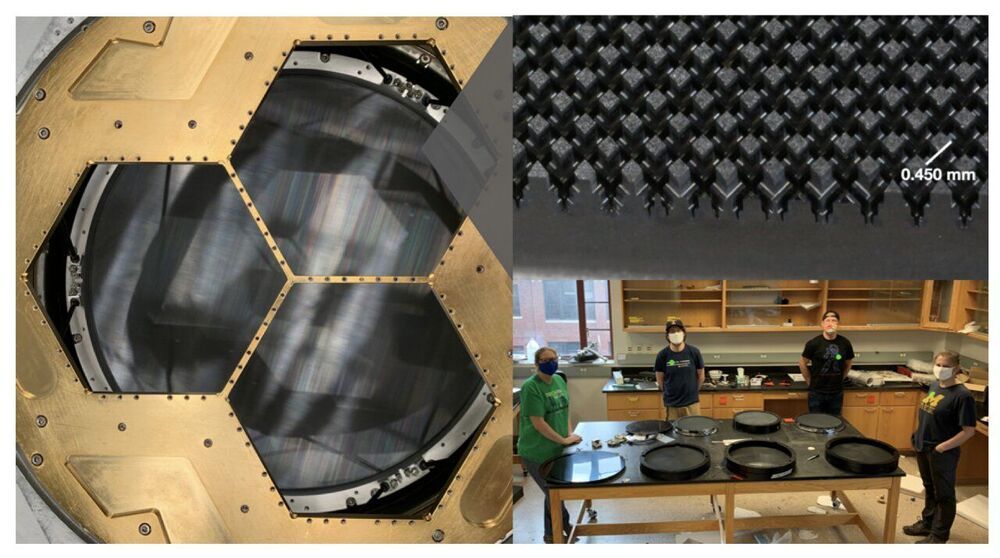Apr 14, 2021
This Wild Video Maps the Entire Internet and Its Evolution Since 1997
Posted by Chuck Brooks in categories: computing, internet, mapping, neuroscience
In 2003, Lyon was just finishing school and working as a hired hacker. Companies tasked him with rooting out vulnerabilities in their systems, and he’d developed mapping tools for the job. His electronic sniffers would trace a network’s lines and nodes and report back what they found. Why not set them loose on the mother of all networks, he thought? So he did.
The resulting visualization recalled grand natural patterns, like networks of neurons or the large-scale structure of the universe. But it was at once more mundane and mind-boggling—representing, as it did, both a collection of mostly standard laptop and desktop computers connected to servers in run-of-the-mill office parks and an emerging technological force that was far more than the sum of it parts.
Continue reading “This Wild Video Maps the Entire Internet and Its Evolution Since 1997” »


















